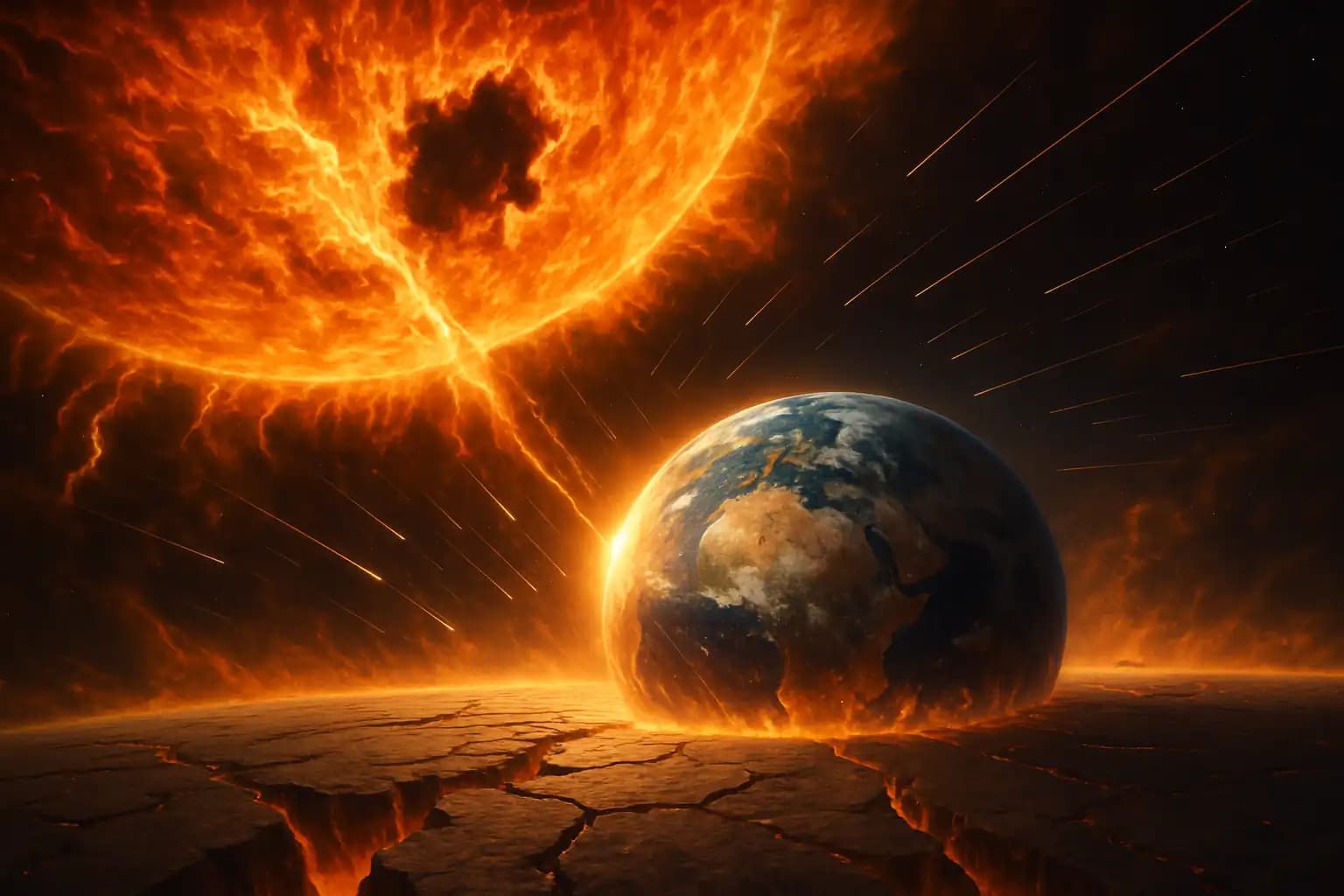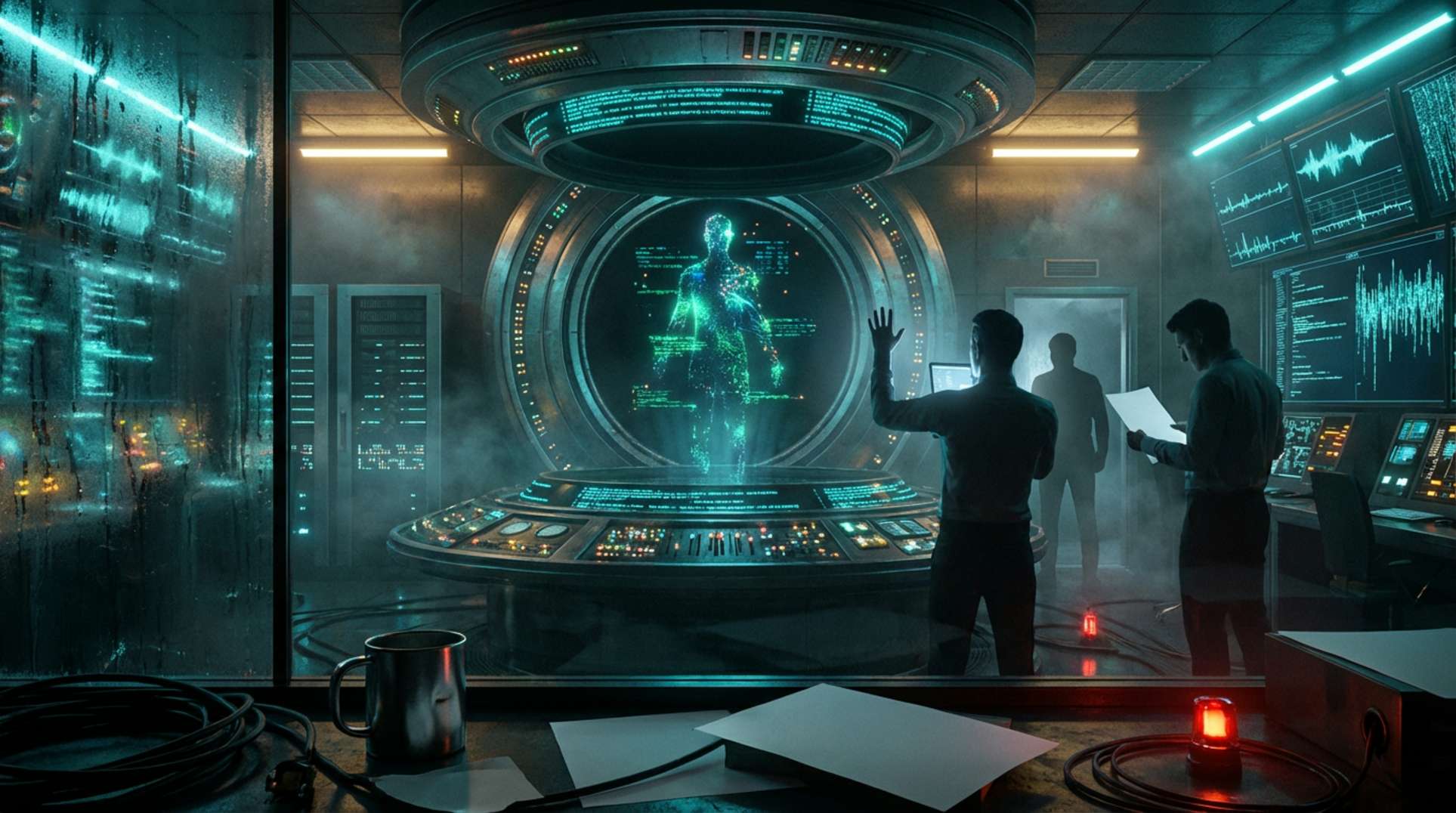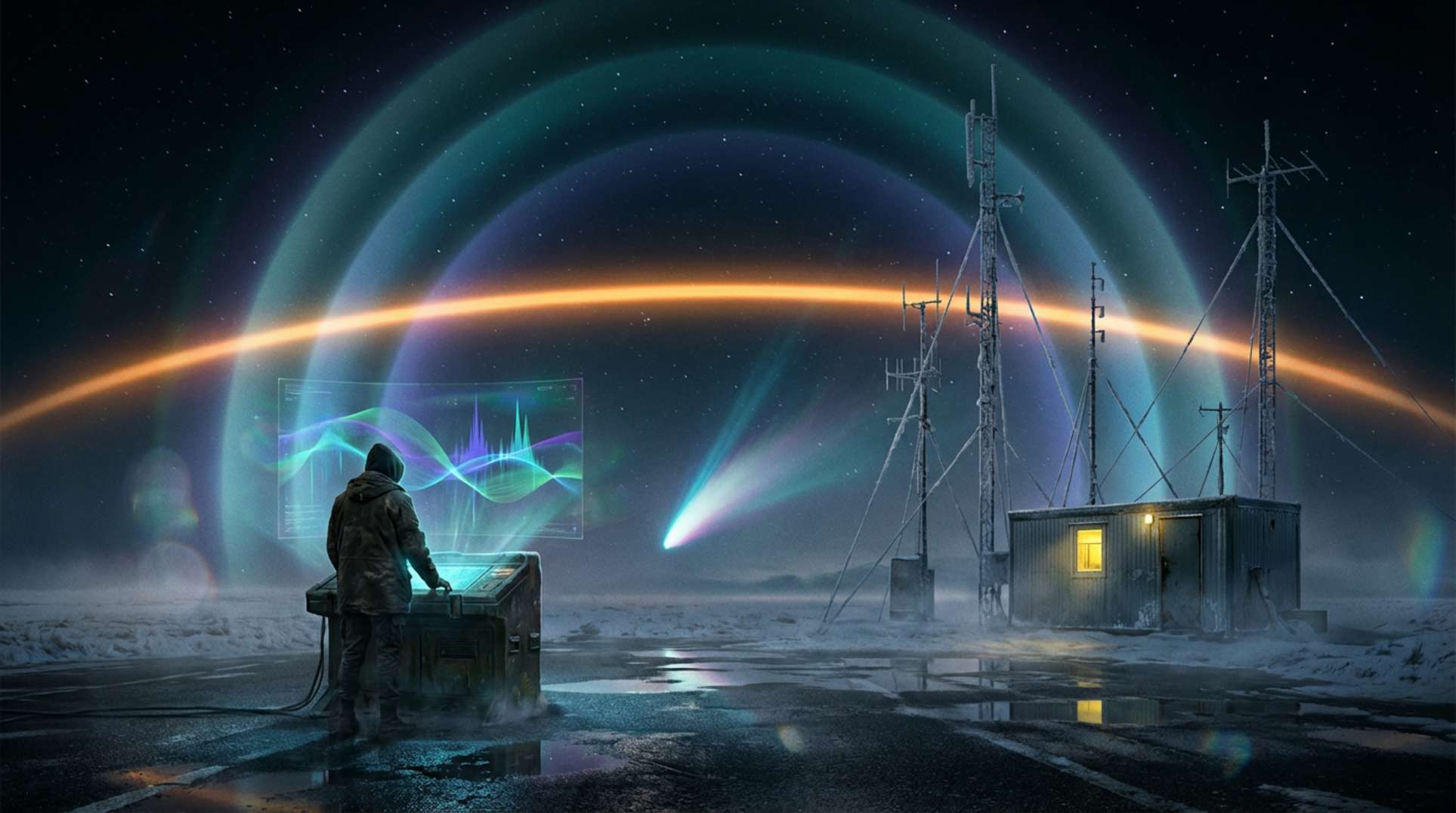The cosmic quiet zone of our solar system may soon amplify—and not in a way you’ll enjoy. Astrophysicists warn that the Sun’s magnetic “bubble,” the heliosphere, erodes due to ongoing coronal holes and high-speed solar winds—just as it should be strengthening at solar maximum. This protective shell has kept galactic cosmic rays at bay, but its weakening threatens Earth with more than just sunburn. Geophysicists like Stefan Burns raise alarms: as the heliosphere shrinks, cosmic radiation and seismic energy could rise, jeopardizing our climate and ground stability (Wikipedia: Heliosphere).
Why does this cosmic force field matter? The heliosphere functions like a giant magnetic umbrella, extending beyond Pluto’s orbit, shaped by the Sun’s solar wind and magnetic field. Its main power: blocking harmful galactic radiation. New research links cosmic ray surges to cloud formation and—yes—earthquakes. A weakened heliosphere increases the stakes significantly, as outlined in this compelling analysis.
Coronal Holes and the Shrinking Heliosphere
Coronal holes—massive dark patches in extreme ultraviolet images of the Sun—are more persistent and larger than ever. Typically scattered and cyclical, their current prevalence has reduced the solar wind’s dynamic pressure, depriving the heliosphere of vital support. This drastically alters the structure observed by Voyager spacecraft—making the boundary between us and interstellar space alarmingly weak. Recent solar observations indicate that we may be entering uncharted territory, increasing Earth’s exposure to galactic visitors.
Ironically, this occurs when the heliosphere should be stable during solar activity peaks. The suspicion: a shift in solar behavior, reflecting historical solar anomalies that science is racing to understand. Space weather specialists monitor this situation with growing concern.
Cosmic Rays and Rising Seismic Activity
The connection between cosmic rays and earthquakes is shifting from speculation to measurable science. Recent studies, including one reported by Phys.org, show a statistically significant correlation: cosmic ray intensity surges align with higher global seismic energy release. The process may involve charged particle cascades that influence Earth’s atmosphere, subtly altering pressure and mineral conductivity along key faults.
It’s not just a theory. In the New Madrid Seismic Zone, scientists anticipate an increase in quake activity corresponding with spikes in cosmic radiation. If the heliosphere continues to shrink, expect simultaneous space weather alerts and ground shaking in the coming weeks and years. Speculation abounds: could a sufficiently strong cosmic ray storm trigger events reminiscent of historic disasters linked to solar and tectonic unrest?
Galactic Exposure: What Happens as the Shield Fails?
If this trend persists, Earth may revisit past epochs when ice ages, mass extinctions, or megafloods coincided with heliosphere contractions. Geological evidence shows that rare cosmic bombardments align with extinction layers or sudden climate shifts—topics often mentioned in discussions of ancient cataclysms. The last time the heliosphere compressed inward, about three million years ago, Earth experienced dramatic changes—potentially sparking evolutionary shifts or collapses.
In plain terms, the potential for Earth to face exposure to interstellar plasma, micro-meteors, and galactic rays is not mere science fiction. Agencies incorporate this risk discreetly into disaster models, while the public remains mostly uninformed—aside from late-night radio shows or deep dives by doomsday theorists.
Surging Uncertainty: Prepping for a Cosmic Black Swan
What does preparation entail in a world where space weather impacts geomagnetic storms and the ground we stand on? It requires closer monitoring of solar and seismic data than ever before. Building national grids and underground bunkers might be a starting point. Yet as history shows in studies of civilization resets, adapting to cosmic risks is a task that seldom announces its rules ahead of time.
In a reality where rising cosmic rays could trigger city-level earthquakes, having solid insurance and a reliable flashlight seems prudent. The science evolves rapidly, the risks remain largely underreported, and the “shield” we take for granted is thinning day by day. To stay informed about what mainstream channels neglect to discuss, bookmark Unexplained.co. You may not block cosmic rays, but you can prepare for the next surprise.





